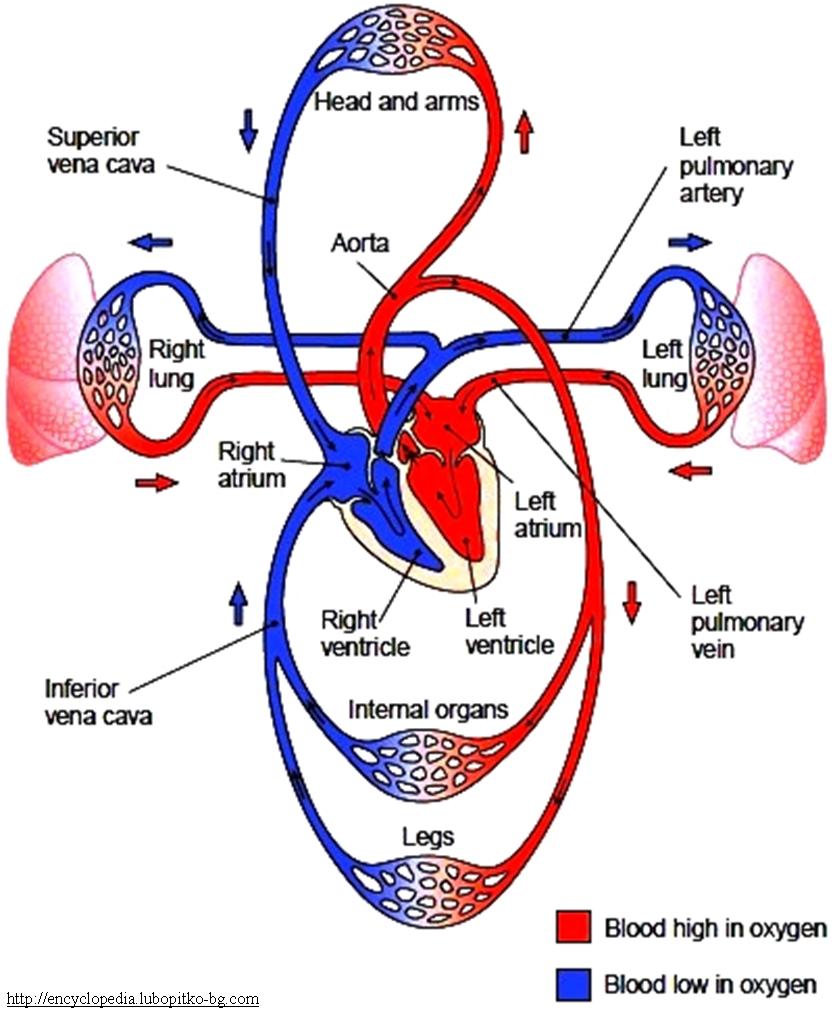 Cardiac Arrest is caused by an "electrical problem" resulting from an irregular rhythm in the heart. The heart quivers rather than contracts, preventing blood from being pumped to the rest of the body.
Cardiac Arrest is caused by an "electrical problem" resulting from an irregular rhythm in the heart. The heart quivers rather than contracts, preventing blood from being pumped to the rest of the body.
 Heart Attack is caused by a "plumbing problem" resulting from clogged blood vessels. Blocked arteries prevent oxygen delivery to the heart. Low oxygen levels may result in damage to the heart muscle. This damage may contribute to poor electrical function in the heart which may cause sudden cardiac arrest.
Heart Attack is caused by a "plumbing problem" resulting from clogged blood vessels. Blocked arteries prevent oxygen delivery to the heart. Low oxygen levels may result in damage to the heart muscle. This damage may contribute to poor electrical function in the heart which may cause sudden cardiac arrest.
What is a Sudden Cardiac Arrest ? 
Quick Facts
- Sudden Cardiac arrest is the leading cause of death in the United States.
- Every 2 minutes a life is lost due to sudden cardiac arrest. [1]
- Sudden cardiac arrest is commonly linked to heart disease.
- 4 out of 5 sudden cardiac arrests happen at home. [2]
- 2/3 of SCA deaths occur in people with no previous suggestion of heart disease. [3]
- Sudden cardiac arrest victims’ chance of survival can be improved if CPR is administered immediately and an Automatic External Defibrillator (AED) is used to restore a heartbeat
- ICDs may be implanted in order to monitor heart rhythm and provide a shock if there is an abnormal heart rhythm
- Every 3 to 4 days a student athlete suffers a sudden cardiac arrest
- SCA in youth is commonly linked to genetic conditions
- Sudden Cardiac Arrest Foundation FAQs

The heart is a muscle about the size of a fist. It contracts and relaxes in order to pump blood throughout the body. The heart consists of four chambers: the right atrium, right ventricle, left atrium and left ventricle. The right side of the heart receives blood that is low in oxygen. It pumps the oxygen-depleted blood through the pulmonary arteries into the lungs where it becomes oxygen-rich. The left side of the heart receives oxygen-rich blood from the lungs and pumps blood through the aorta. Blood leaving the left side of the heart provides oxygen delivery throughout the body. After delivery, the, now oxygen-depleted, blood travels through the veins and returns to the right side of the heart. And, the cycle continues…

1. Heart Rhythm Society www.hrsonlin.org2. American Heart Association www.heart.org 3. National Heart Lung and Blood Institute www.nhlbi.nih.gov

